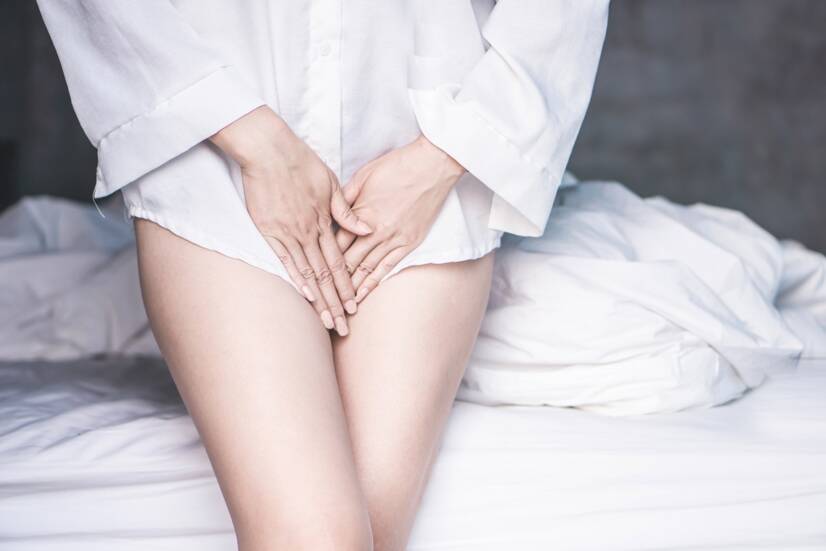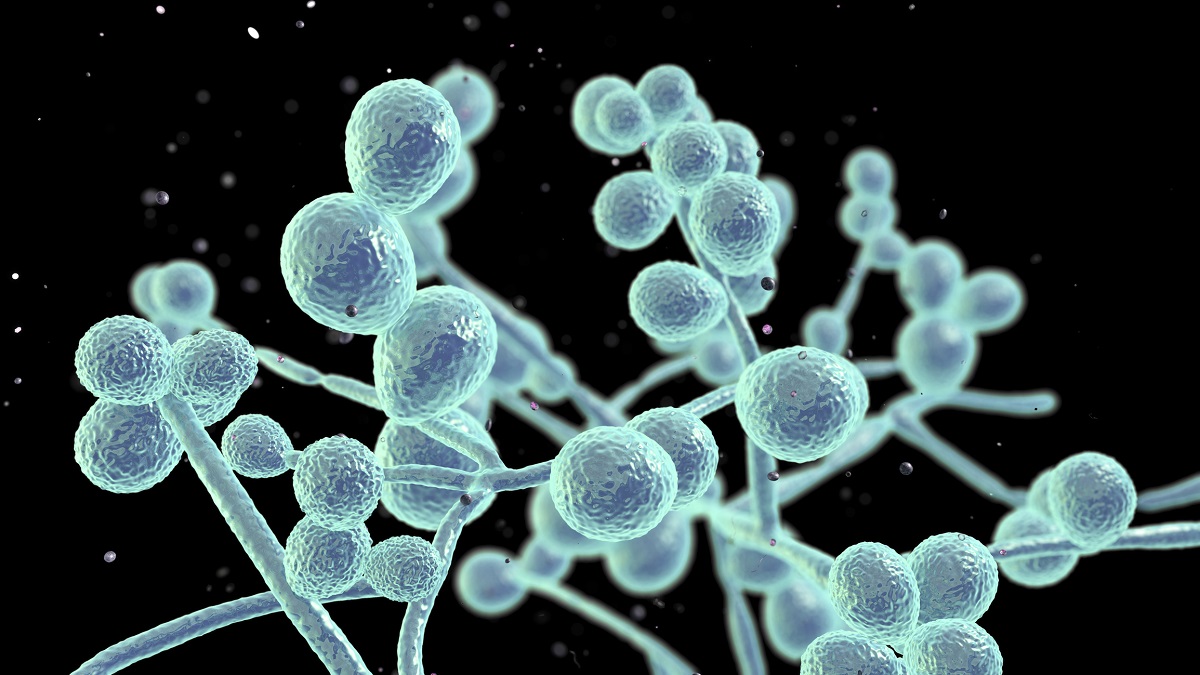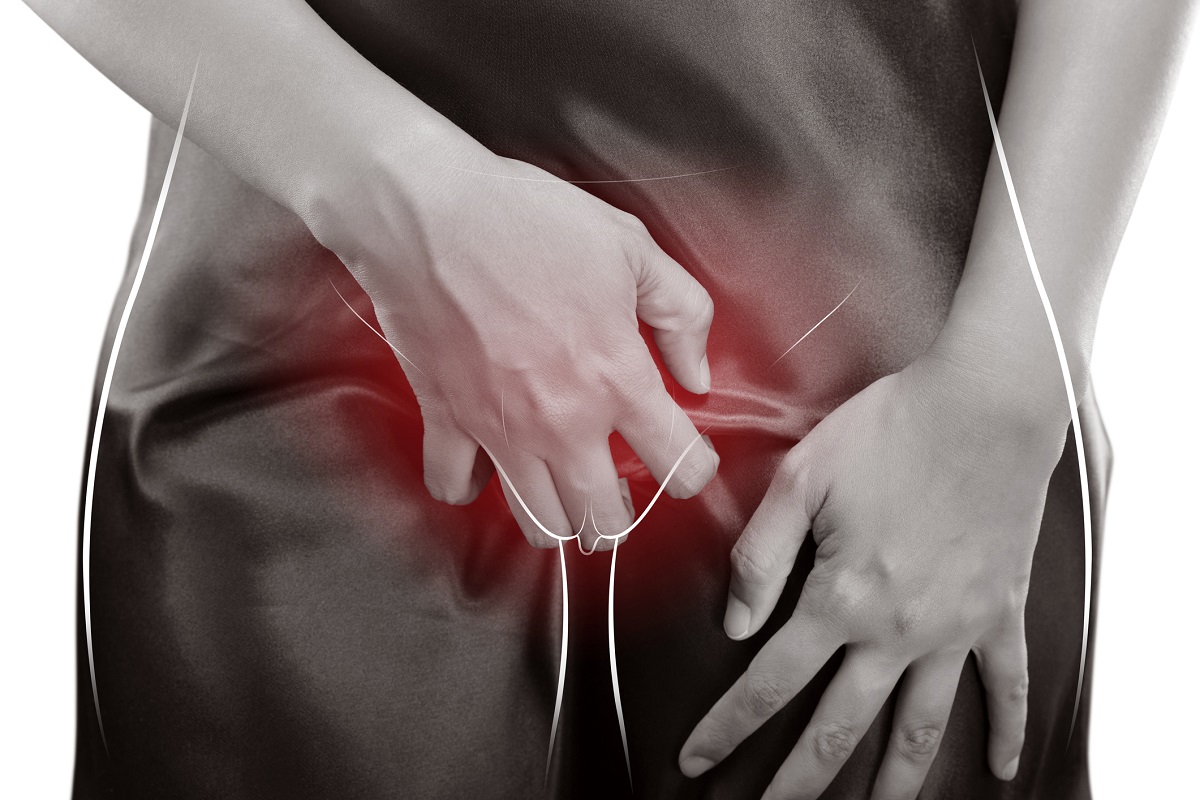- mayoclinic.org - Yeast infection (vaginal)
- healthline.com - Everything You Want to Know About Vaginal Yeast Infections
- cdc.gov - Vaginal Diseases
- apathtonaturalhealth.com - The Candida Diet: Top Five Foods to Eat and to Avoid
- Sobel, JD (9 June 2007). "Vulvovaginal candidosis". Lancet. 369 (9577): 1961–71.
- Ilkit, M; Guzel, AB (August 2011). "The epidemiology, pathogenesis, and diagnosis of vulvovaginal candidosis: a mycological perspective". Critical Reviews in Microbiology. 37 (3): 250–61.
- Workowski KA, Berman SM (August 2006). "Sexually transmitted diseases treatment guidelines, 2006". MMWR Recomm Rep. 55 (RR-11): 1–94.
- James, William D.; Berger, Timothy G.; et al. (2006). Andrews' Diseases of the Skin: clinical Dermatology. Saunders Elsevier. p. 309. ISBN 0-7216-2921-0.
- "Vaginal yeast infection". MedlinePlus. National Institutes of Health.
- Watson, C. J.; Grando, D.; Garland, S. M.; Myers, S.; Fairley, C. K.; Pirotta, M. (26 July 2012). "Premenstrual vaginal colonization of Candida and symptoms of vaginitis". Journal of Medical Microbiology. 61 (Pt 11): 1580–1583.
- Abad, CL; Safdar, N (June 2009). "The role of lactobacillus probiotics in the treatment or prevention of urogenital infections – a systematic review". Journal of Chemotherapy (Florence, Italy). 21 (3): 243–52.
- Egan ME, Lipsky MS (September 2000). "Diagnosis of vaginitis". Am Fam Physician. 62 (5): 1095–104.
- Mendling W, Brasch J (2012). "Guideline vulvovaginal candidosis (2010) of the German Society for Gynecology and Obstetrics, the Working Group for Infections and Infectimmunology in Gynecology and Obstetrics, the German Society of Dermatology, the Board of German Dermatologists and the German Speaking Mycological Society". Mycoses. 55 Suppl 3: 1–13.
- Skoczylas, MM; Walat, A; Kordek, A; Loniewska, B; Rudnicki, J; Maleszka, R; Torbé, A (2014). "Congenital candidiasis as a subject of research in medicine and human ecology". Annals of Parasitology. 60 (3): 179–89.
- "Yeast infection (vaginal)". Mayo Clinic.
- Sobel JD (March 1992). "Pathogenesis and treatment of recurrent vulvovaginal candidiasis". Clin. Infect. Dis. 14 Suppl 1: S148–53.
- "Vaginal Candidiasis | Fungal Diseases | CDC". www.cdc.gov.
- Roberts, CL; Algert, CS; Rickard, KL; Morris, JM (21 March 2015). "Treatment of vaginal candidiasis for the prevention of preterm birth: a systematic review and meta-analysis". Systematic Reviews. 4: 31.
- Nemes-Nikodém, Éva; Tamási, Béla; Mihalik, Noémi; Ostorházi, Eszter (1 January 2015). "Vulvovaginitis candidosában előforduló sarjadzógomba-speciesek" [Yeast species in vulvovaginitis candidosa]. Orvosi Hetilap (in Hungarian). 156 (1): 28–31.
- "Vulvovaginal Candidiasis - 2015 STD Treatment Guidelines". www.cdc.gov.
- Obel JD (1985). "Epidemiology and pathogen- esis of recurrent vulvovaginal candidiasis". Am J Obstet Gynecol. 152 (7 (Pt 2)): 924–35.
- Spinillo A, Pizzoli G, Colonna L, Nicola S, De Seta F, Guaschino S (1993). "Epidemiologic characteristics of women with idiopathic recurrent vulvovaginal candidiasis". Obstet Gynecol. 81 (5 (Pt 1)): 721–7.
- Fidel PL Jr; Sobel JD (1996). "Immunopathogen- esis of recurrent vulvovaginal candidiasis". Clin Microbiol Rev. 9 (3): 335–48.
- Sobel JD, Wiesenfeld HC, Martens M, Danna P, Hooton TM, Rompalo A, Sperling M, Livengood C, Horowitz B, Von Thron J, Edwards L, Panzer H, Chu TC (August 2004). "Maintenance fluconazole therapy for recurrent vulvovaginal candidiasis". N. Engl. J. Med. 351 (9): 876–83. doi:10.1056/NEJMoa033114. PMID 15329425.
- Ratcliffe, Stephen D.; Baxley, Elizabeth G.; Cline, Matthew K. (2008). Family Medicine Obstetrics. Elsevier Health Sciences. p. 273. ISBN 978-0323043069.
- Pappas, PG; Kauffman, CA; Andes, DR; Clancy, CJ; Marr, KA; Ostrosky-Zeichner, L; Reboli, AC; Schuster, MG; Vazquez, JA; Walsh, TJ; Zaoutis, TE; Sobel, JD (16 December 2015). "Clinical Practice Guideline for the Management of Candidiasis: 2016 Update by the Infectious Diseases Society of America". Clinical Infectious Diseases. 62 (4): e1-50. doi:10.1093/cid/civ933. PMC 4725385.
- Ringdahl, EN (Jun 1, 2000). "Treatment of recurrent vulvovaginal candidiasis". American Family Physician. 61 (11): 3306–12, 3317.
- Ramsay, Sarah; Astill, Natasha; Shankland, Gillian; Winter, Andrew (November 2009). "Practical management of recurrent vulvovaginal candidiasis". Trends in Urology, Gynaecology & Sexual Health. 14 (6): 18–22.
- Sobel, JD (2003). "Management of patients with recurrent vulvovaginal candidiasis". Drugs. 63 (11): 1059–66.
- Sobel, JD (1988). "Pathogenesis and epidemiology of vulvovaginal candidiasis". Annals of the New York Academy of Sciences. 544 (1): 547–57
Vaginal Yeast Infection: Causes, Symptoms

Photo source: Getty images
Most common symptoms
- Vaginal Discharge
- Abdominal Pain
- Urethral pain
- Lower Abdominal Pain
- Painful urination
- The Island
- Smelly discharge from the vagina
- Itching of the vagina
- Vaginal discharge
- Decrease in libido
Show more symptoms ᐯ
Treatment of yeast infection of the vagina: Medications, antibiotics, ointments, creams, rinses.
Show moreVaginal Yeast Infection is treated by
Other names
Candidal vulvovaginitis, vaginal thrush















